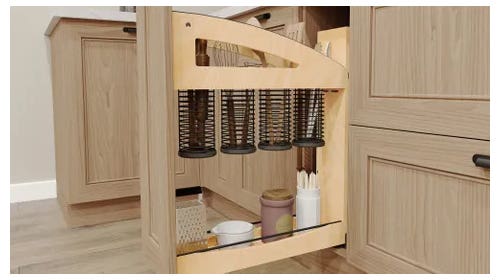Cost cuts into walnut sales
The only thing holding walnut back is price. The dark domestic continues to be a top seller, but it’s not for the budget-conscious buyer, according to hardwood dealers interviewed by…
The only thing holding walnut back is price. The dark domestic continues to be a top seller, but it’s not for the budget-conscious buyer, according to hardwood dealers interviewed by Woodshop News. The upper grades are retailing for $7 to 10/bf.
“Price is big part of it. There’s no doubt about it,” says Doug White, owner of Doug White Hardwoods in Marissa, Ill. “It’s widely available, but it’s expensive.”
“We haven’t seen a lot of fluctuation in sales over the past year. If anything, they’ve just stayed steady,” adds Dave Grove from Groff & Groff Lumber in Quarryville, Pa.
Black walnut (Juglans nigra) represents about 5 percent of U.S. domestic hardwoods. The trees reach heights up to 100’ with diameters of 3’ to 4’. It is a medium density hardwood that is often steamed to blend the white sapwood with the brownish heartwood.
Lately, there’s been big demand for walnut slabs with a natural or “live” edge.
“A lot of people want boules with a live edge on them,” White says. “These are where you run the saw through the whole tree and leave the edges alone so the bark and grain is on the side of it. We are selling a lot of those for countertops, tables, and a few guys make bar tops out of them. It’s pretty neat. It’s shaped how the log was.”
“We’re also selling a lot of non-steamed walnut that has a lot of variation in it. It’s got a lot more purples and browns,” Grove says.
Parkerville Wood Products, a retailer and millwork shop in Manchester, Conn., recently had a very successful sale on walnut, proving that price affects purchasing, according to Rob Lamoureaux.
“On the commercial side of things we did one large job back at the end of the summer for a theater that was all in walnut with veneer and solid wood,” Lamoureaux says. “We had a couple of calls recently for countertops, but most of the purchases have been for small furniture items.”
This article originally appeared in the March 2016 issue.







